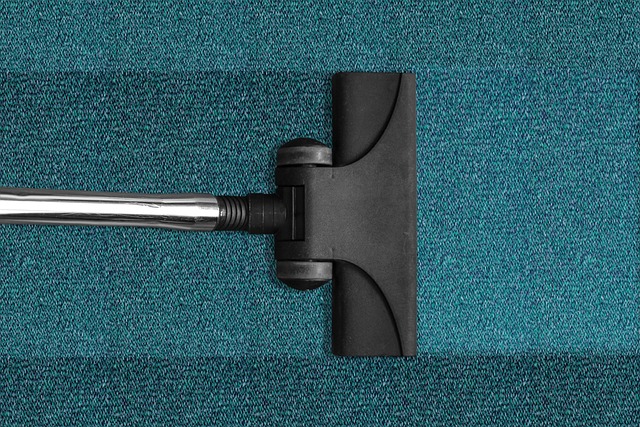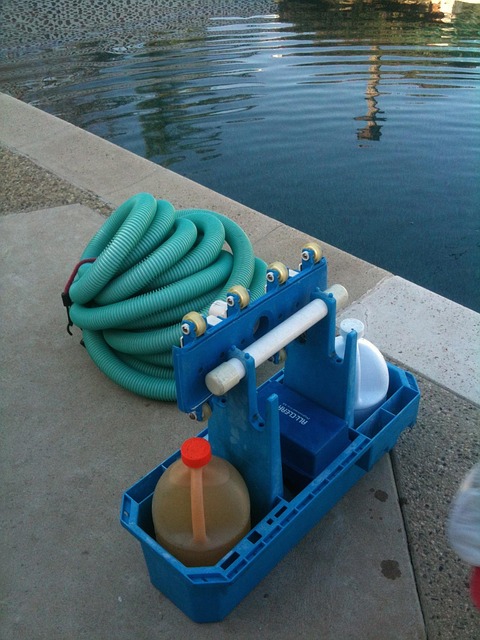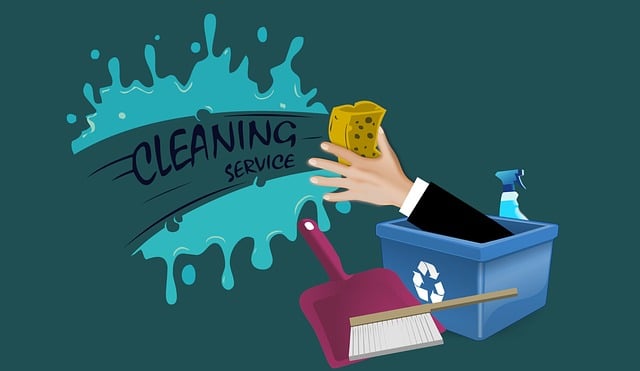Deep cleaning goes beyond regular vacuuming, targeting hidden dirt and debris using steaming, extraction, and specialized solutions. Following key steps like preparation, equipment selection, cleaner application, agitation, extraction, and drying restores carpet health, enhances aesthetics, and creates a cleaner, healthier indoor environment. Regular deep cleaning is vital for maintaining carpet longevity, reducing allergens, eliminating stains, and revitalizing colors. Evolved methods include deep steam cleaning and dry cleaning for diverse needs. Choosing the right equipment tailored to carpet type ensures comprehensive cleanliness. Homeowners can follow a structured guide or opt for professional services that offer detailed assessments, specialized equipment, and personalized treatment options. Regular maintenance through simple strategies like doormats and prompt spill treatment extends carpet lifespan.
Uncover the secrets to revitalizing your carpets with our comprehensive guide to deep carpet cleaning. From understanding the basics of this essential practice to exploring advanced methods and equipment, we demystify every step. Learn how regular deep cleaning benefits your space, improves air quality, and extends rug lifespan. Discover various techniques, from steam cleaning to extraction, tailored for different fabric types. We also provide a DIY guide and insights into professional services. Take control of your carpet care with these expert tips, ensuring a clean, healthy environment.
Understanding Deep Carpet Cleaning: The Basics

Deep carpet cleaning involves a thorough and meticulous process aimed at eliminating deep-seated dirt, dust, allergens, and bacteria that accumulate below the surface of your carpets and rugs over time. Unlike regular vacuuming, which only skims the top layer, deep cleaning goes further to restore the original cleanliness and prolong the lifespan of your flooring. This method often includes steaming, extraction, or other advanced techniques to ensure effective removal of debris and stains embedded in the fibres.
The basics of deep carpet cleaning encompass several key steps: preparation, choosing the right equipment, application of cleaning solutions, agitation or scrubbing to loosen dirt, extraction to remove excess moisture and contaminants, and finally, drying to prevent mould growth and ensure fast recovery. Regular deep cleaning not only enhances the aesthetic appeal of your carpets but also contributes to maintaining a healthier indoor environment by reducing allergens and improving air quality.
Benefits of Regular Deep Cleaning for Your Carpets

Regular deep cleaning is essential for maintaining the health and longevity of your carpets. While routine vacuuming helps remove surface dirt and debris, deep cleaning penetrates the fibers to eliminate deeply embedded particles, allergens, and bacteria that vacuum cleaners cannot reach. This process involves powerful extraction methods and specialized cleaning solutions designed to restore carpet fibers to their original condition.
By scheduling regular deep cleaning sessions, you’ll not only extend the life of your carpets but also create a cleaner and healthier indoor environment. Reduced allergen levels can benefit individuals with allergies or asthma, making your home more comfortable for everyone. Moreover, deep cleaning can enhance the aesthetic appeal of your carpets, eliminating stains and revitalizing their colors, which contributes to the overall ambiance and beauty of your living spaces.
Types of Deep Cleaning Methods and Their Applications

Deep cleaning methods have evolved over time, offering a range of options for different carpet and rug care needs. One popular approach is deep steam cleaning, which involves injecting hot water and gentle detergents into the fibers, followed by efficient extraction. This method is ideal for removing deeply embedded dirt, stains, and odors from various types of flooring, including wool and synthetic carpets. It’s particularly effective for high-traffic areas, ensuring a thorough clean without damaging the fabric.
Another notable technique is dry cleaning, suitable for delicate fabrics and rugs that cannot withstand wet cleaning. This process uses specialized powdered or liquid compounds to encapsulate dirt particles, allowing for easy removal. Dry cleaning preserves the rug’s colors and textures while effectively eliminating allergens and bacteria. It’s a preferred method for antique rugs, area rugs with intricate patterns, and those made from silk, cotton, or other sensitive materials.
Choosing the Right Equipment for Effective Deep Cleaning

When it comes to deep carpet and rug cleaning, selecting the appropriate equipment is paramount for achieving optimal results. The right tools can make all the difference in terms of efficiency, thoroughness, and even the overall health of your carpets and rugs. For instance, high-efficiency particulate air (HEPA) vacuum cleaners are a must-have as they trap and remove fine dust, allergens, and other microscopic debris that traditional vacuums might leave behind.
Additionally, investing in specialized cleaning tools like carpet agitators, deep cleaning attachments, and steam cleaners can significantly enhance the process. Carpet agitators help loosen dirt and debris stuck deep within the fibers, while deep cleaning attachments allow for targeted application of detergents and solvents. Steam cleaners, on the other hand, utilize hot water and steam to sanitize and deodorize without harsh chemicals. Choosing these equipment based on your carpet type and level of soiling ensures a thorough deep clean that prolongs the life of your flooring.
Step-by-Step Guide to Deep Cleaning Your Rugs at Home

Deep cleaning your rugs at home can be a straightforward process if you follow a structured guide. Begin by vacuuming your rug thoroughly to remove any surface dirt and debris. This initial step is crucial as it prepares the fiber for the deep cleaning process, ensuring better results. After vacuuming, mix a solution of mild detergent or specialized rug cleaner with warm water, following the manufacturer’s instructions for dilution. Next, test the solution on a small, inconspicuous area of the rug to ensure it doesn’t cause discoloration.
Once you’ve verified the safety of the cleaning solution, apply it evenly over the entire rug using a sponge or soft cloth. Gently scrub the cleaner into the fibers with a soft-bristled brush or your hands, taking care not to overdo it to avoid damaging the fabric. Allow the cleaner to sit for around 15 minutes, giving it time to penetrate the dirt and grime. Afterward, rinse the rug thoroughly with clean, warm water, ensuring all soap residue is removed. Finally, blot the rug dry using a clean towel or leave it to air dry completely before replacing it on your floor.
Professional Deep Carpet Cleaning Services: What to Expect

Professional deep carpet cleaning services offer a comprehensive solution for maintaining your carpets’ health and appearance. During a typical deep clean, technicians use specialized equipment and powerful yet safe detergents to penetrate deep into the fibers, removing embedded dirt, dust, and allergens. This process includes agitation, extraction, and drying, ensuring every inch of your carpet is thoroughly cleaned.
Expect a detailed assessment before the cleaning begins. Professionals will identify specific issues like stains, high-traffic areas, or pet messes, tailoring their approach accordingly. They’ll also provide you with options for treatment, product choices, and estimated drying times. This personalized service guarantees not just a clean carpet but also an extended lifespan, making it a smart investment for any homeowner.
Maintaining Cleanliness After Deep Cleaning: Tips and Tricks

After a deep carpet or rug cleaning, maintaining cleanliness involves regular practices that help extend the life of your textiles and keep them looking their best. One crucial tip is to avoid tracking dirt into the house by using mats at entrances. Regularly vacuuming with a powerful machine designed for carpets will help remove loose dirt and debris. Additionally, rotating floor coverings every few months ensures even wear patterns.
For spots or spills, act swiftly. Blotting with a clean cloth or paper towel is effective, followed by using a carpet-safe cleaning solution. Avoid excessive water usage as it can damage the fibres; instead, opt for dry cleaning solutions for delicate fabrics. Remember, deep cleaning creates a fresh environment, so maintaining this cleanliness will ensure your carpets and rugs stay in prime condition.
